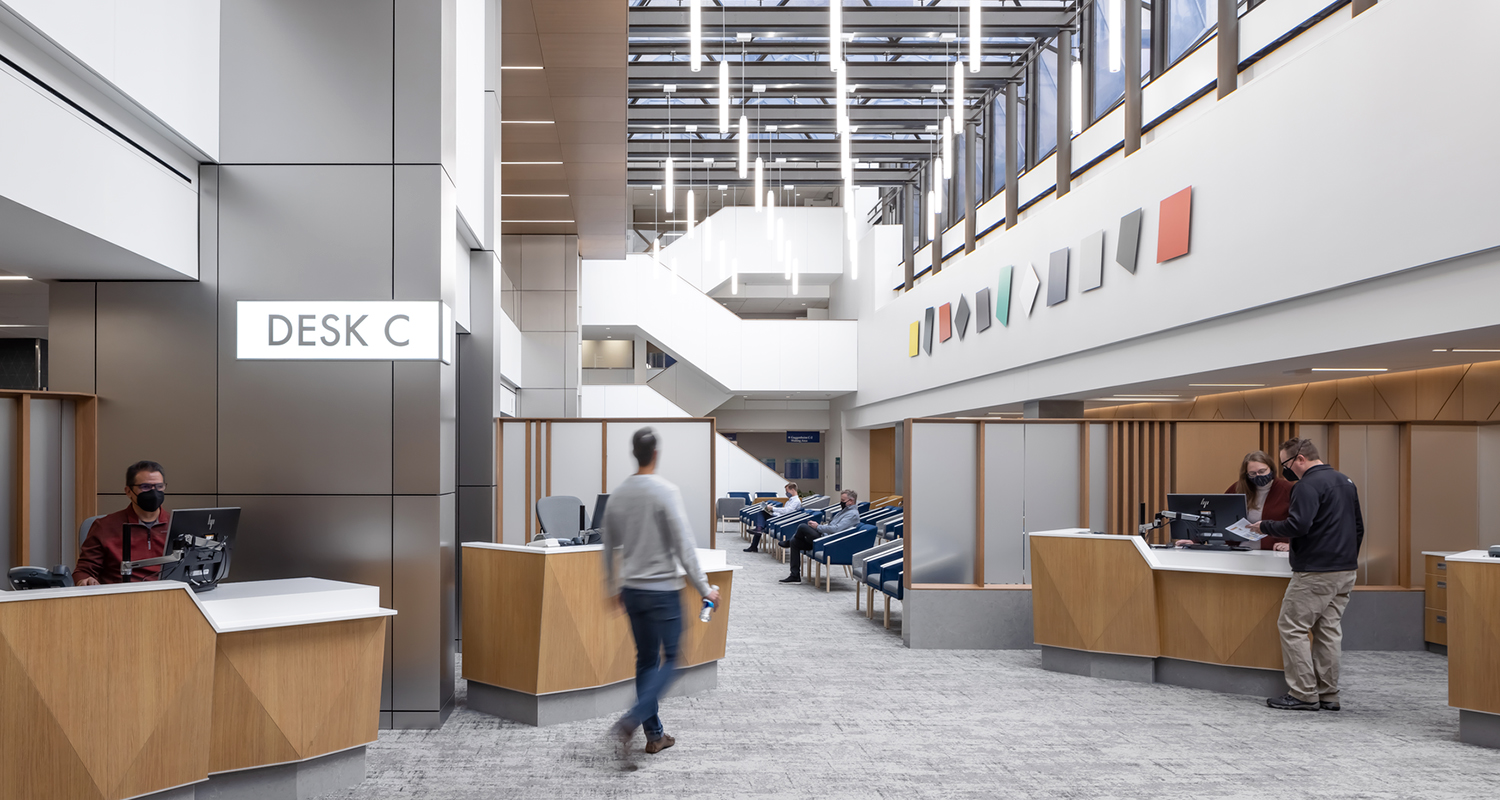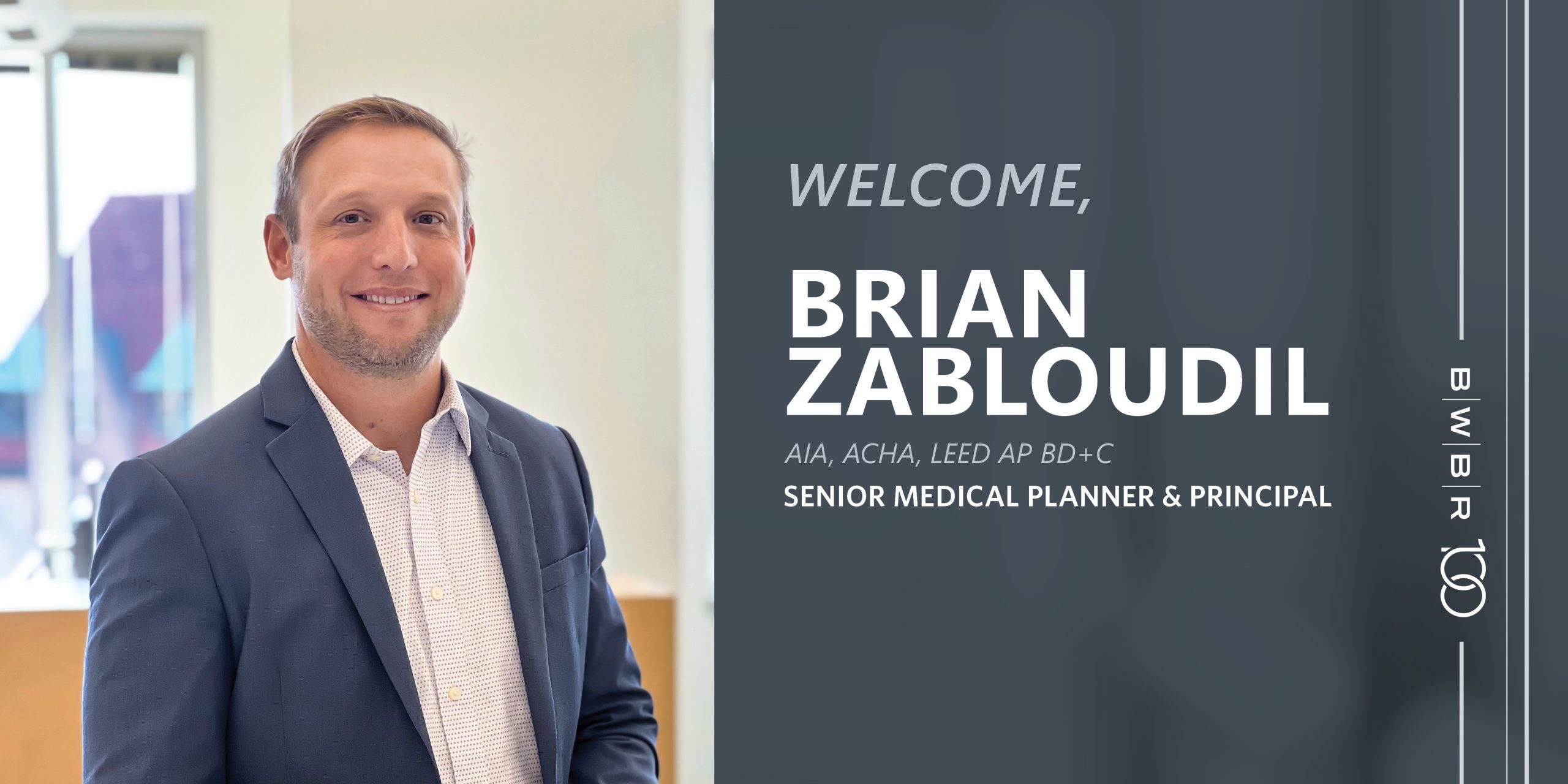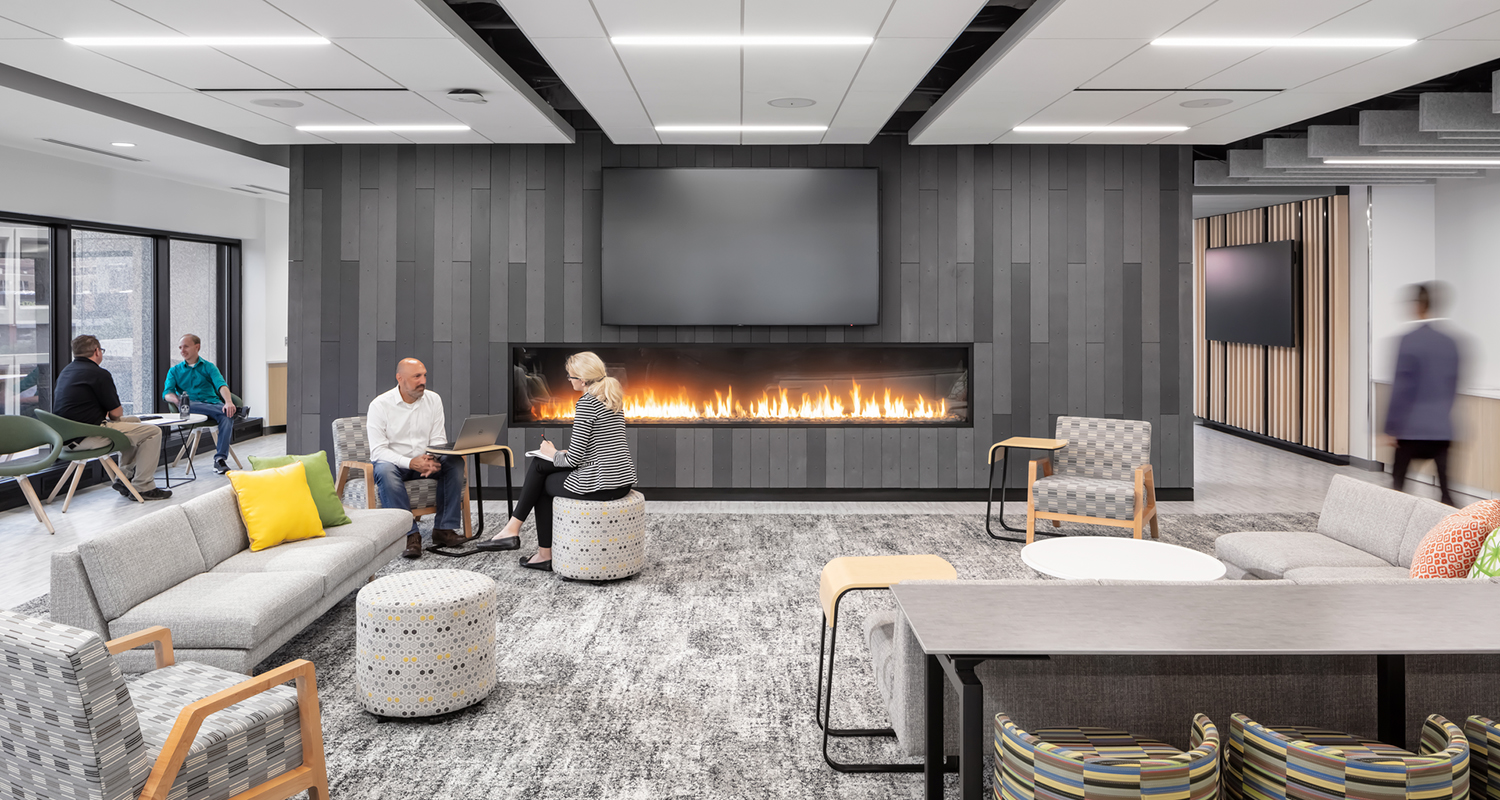Great health care doesn’t happen by accident. It’s the result of dedication and innovation — and that necessitates more than knowledge and compassion. It also demands the right tools, systems, and infrastructure. BWBR is operating at the leading edge of health care design, creating spaces that are thoughtful and inspired, catering to the principles of the IHI Triple Aim. The IHI Triple AIM addresses three elements imperative to a successful health care system:
- Population health
- Experience of care
- Per capita cost
If only two sides of the equation are intact, the system begins to fail. And right now, the system is struggling to maintain optimal functionality. Design and the design process are powerful tools capable of increasing efficiency, controlling costs, improving patient outcomes and patient, family, and staff experiences, and addressing the complex and shifting needs of the population.
Design Matters
It’s difficult to overstate the importance of design in the health care system. While it doesn’t grab all the headlines, design is immersive and omnipresent. It’s in the number of patient rooms available, compared to how many people are on staff. It’s in how much light each room gets and at what time of day. It’s in the distance from the patient’s bed to the bathroom, and from patient rooms to the nurses’ station and the elevators. It’s in the way the space sounds, looks, and feels.
And while there’s nothing basic about the work that goes into these nuances, these are just the basics. There’s so much more that goes into design, and the future of health care depends on the decisions made next. Trends in health care design are about innovating to deliver on the Triple Aim in new and groundbreaking ways.
Power in the Pods
Health care pods are one great example of where the industry could be heading. These compact pods enable efficient delivery of general services (e.g., “primary care plus”), including temperature checks, skin checks, nasal swabs, vital checks, and potentially even X-rays and other minor procedures. Health care pods are cropping up on college campuses, as well as other locations where populations may not have the knowledge, resources, interest, or comfort level to access legacy health care services. Health care pods have tremendous implications for individuals experiencing homelessness and those in rural areas.
Pods can help reduce the number of people seeking primary care services from urgent care clinics and emergency rooms, which frees up these spaces for urgent and emergent medical needs. Pods can also cut down on the number of symptomatic people crowded in a medical facility, which can help mitigate the spread of disease and provide a more comfortable setting for those who are apprehensive about crowds and/or contagion. The design of and strategy behind these pods is critical, because they should be cost-effective to build and maintain; equipped with the right resources to support providers and enable care; and an accessible, pleasant setting for patients.
In Value Veritas
Health care pods support another emerging trend: the shift toward value-based care. How much time are providers spending with patients? What decisions are they making? What resources are they using? What value are they providing? Smart design can help facilitate value-based care to help control costs while enhancing outcomes and experiences. It means designing for group care or so that providers can easily see virtual patients in a day. It means making it easier to care for patients before they are in your building. People born in 1960 have seen health care costs as a percentage of GDP rise dramatically over their lifetimes, from around 5% in 1960 to close to 18% in recent years. Meanwhile, the health care industry continues to face a serious staffing challenge. Additional costs and fewer staff combine with a third factor — an aging and increasingly sick population — to pose a serious threat to the IHI Triple Aim.
The design process creates opportunities to ask questions and build with intent. What are room utilization rates? Can patients check in from the parking lot and follow a line on the floor to their room without needing interaction with multiple staff members? How big of a check-in space is needed? Are we creating space simply for the sake of creating space, or can it be strategic and value-added? Where can we infuse virtual reality so providers can keep their skills sharp and patients can see models of what they should anticipate?
Post-Pandemic and Beyond
Health care design met a significant curve in the road during the pandemic. Hospitals have been overflowing, while at the same time many outpatient visits were delayed or cancelled or moved to telemedicine. Some patients declined to receive care, choosing to delay or go without care. Health care technology companies were able to rapidly innovate to provide telemedicine as fast as clinicians were providing the care. Now, the industry is trying to figure out how to plan for the next significant factor in care. Do we build to accommodate another or different pandemic? Or do we embrace a permanent shift toward telehealth? How do we do both?
There’s no one-size-fits-all solution. The best designers cater their work not to the industry as a whole but to the specific needs and objectives of a client and that client’s specific patient population while staying true to industry trends. Some are highly tolerant of virtual care, while others prefer to interact face-to-face. Some locations necessitate large medical facilities–others would benefit from a higher percentage of strategically located health care pods.
Achieving the Triple Aim means considering these factors at once, as well as considering not only what’s needed now but what may be needed tomorrow, and years down the road.




